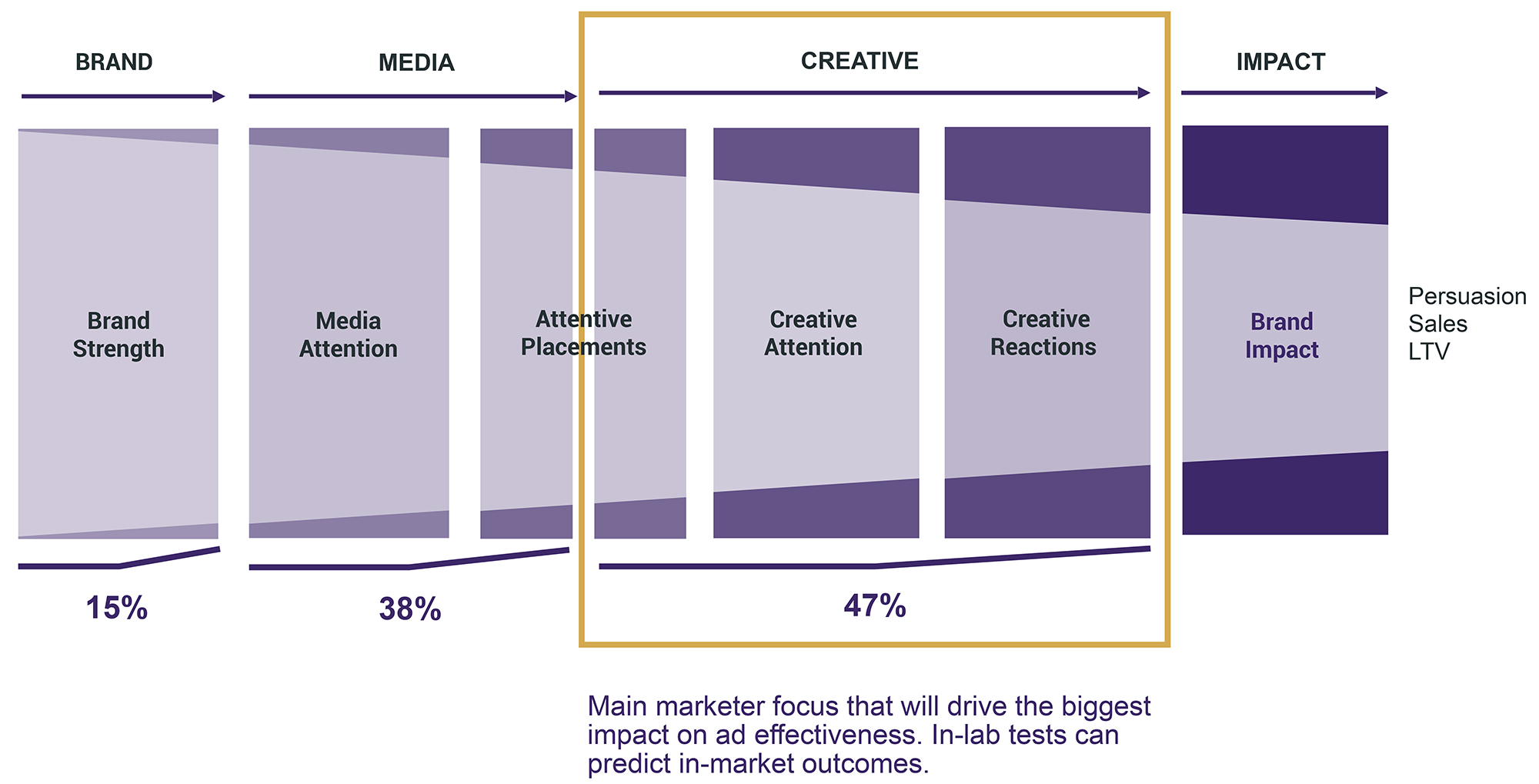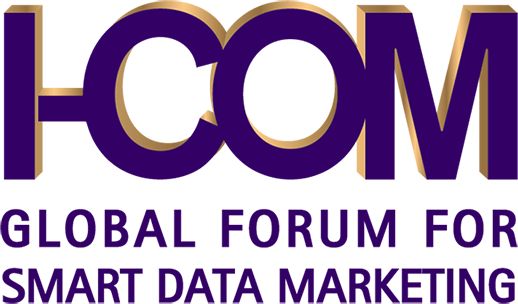I-COM Attention Forum - Snapshot Series
CHAPTER 5 | Delivering Competitive Advantage in Creative
Delivering Competitive Advantage in Creative
How does marketing become effective?
With attention.

Key Learnings
- In-flight attention optimization is the next big thing
- A high percentage of paid social brand investment is currently ineffective, which attention measurement can solve
- AI is showing promise in helping with last-mile creative, but brands don't necessarily trust it yet to handle highimportance (or high-risk) creative

Guest Presenters
Questions Explored
- What is the current state of creative attention measurement?
- How are advertisers and agencies identifying practical application across the end-to-end creative process?
- How can attention be a scalable methodology for unlocking creative effectiveness and growth?
- Are silos between creative and media organically forming?
Creating a Culture of Attention Across Content Lifestyles
Questions you need to ask
1 Pre-Flight
- Is my creative driving attention, emotion, or memory in encoding?
- Is my creative attracting time in view?
2 In-Flight
- Is my creative attracting time in view?
- Does bidding on attention enable more quality placements?
3 Post-Flight
- What is the creative effectiveness (sales lift)?
- What is the ROI of my investment?
I-COM Attention Forum Chairs


Q&A Session with Johanna Welch
Transcript has been edited for clarity
While AI is part of our toolkit, there's not a lot of comfort in using it to make highrisk decisions for us. We have 15,000 pieces of creative going out into market. Our approach is to pick some tiering related to investment tied to creative and campaigns and look to AI to close the tail and there's a lot of lowhanging fruit where we trust using AI on it right now.
Our hierarchy always starts with sales and ROI at the top. Sometimes it's validated through single-source-style testing where we're isolating creative (exposed and non-exposed) and understanding how that drove purchasing in market. Then looking at that relative to pre-flight decisions that were made on it to determine that the validation of this is this working in total.
We do have the ability pre-flight through some of the partnerships and pilots we have with Creative X and Realeyes to look at the performance relative to where that asset is going. Sometimes it can be done at the placement level. When we run our sales lift studies, we often have to isolate anyway. We might have a mix of creatives, but we try to isolate a lead version of a concept or campaign, validate that, and use what we know about that to optimize the rest.
Share your thoughts on LinkedIn
Join the next discussion!
Uncover insights with the leading Data Marketing professionals, and experience the value of Council Meetings firsthand! Potential Members can participate in up to 2 trial Council Meetings. Register now to explore your topics of interest.
